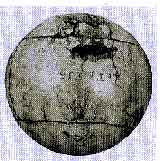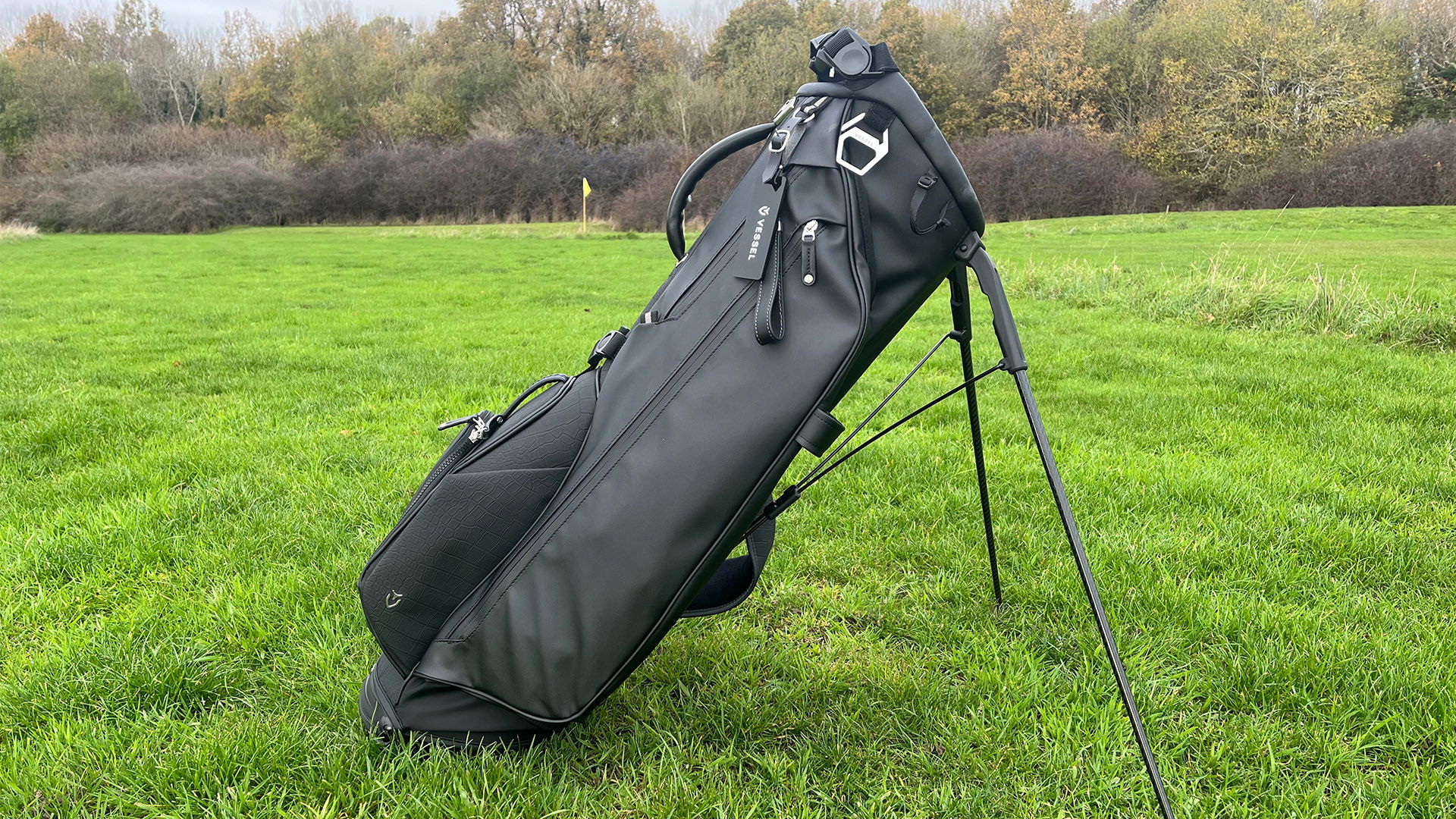In the beginning...we had ''gowf''
Harry Ward takes us through the evolution of "gowf" from the early years in our new exclusive feature

The Early Years.
Quite how golf began is still a mystery and many historians still disagree as to the games actual origins. Some say it began in Holland with the game called 'Kolven', placing a stone through a hole in the ice on the dykes of the Dutch coastline. Some say it began in France with the popular game Jeu du Maile. But we all agree on one thing to this day, the "home" of golf as we know it is in Scotland.
The earliest known written reference to golf in Scotland dates from 1457 when parliament decreed that ‘ ye fut bawe and ye gowf be utterly cryt doon and not usyt’, which would suggest that both sports were very popular with the common folks at this time, if not with the authorities of 15th century Scotland.
This decree was pushed through parliament by King James II who felt that golf and football were a threat to the defence of the nation as their archers spent more time on the links than actually practising their archery and moreover, being a general nuisance to public safety.
Most historians generally agree that golf was being played in enclosed spaces such as church yards and in the streets at this time so the safety implications are fairly obvious however, no such problems seemed to exist when it came to archery practice as the same 1457 act stated that target practice in the “kirk” yard was mandatory , and every man was to fire at least six shots at the targets which were set up for them.
A fine of two pennies was the penalty for failure to do so.
The “Kirk” Disapproves
The church also disapproved of golf, at least on a Sunday and called it Sabbath breaking. The south Leith Kirk session records of 16th February 1610 note
‘ The said day it was concluded by the whole session, that there shall be no public playing permitted on the Sabbath days such as playing at bowls, at the penny stone, archery, golf…and if any be found playing publicly in a yard or in the fields upon a Sabbath day from morning until evening they shall pay 20 shillings to the poor, and also make their public repentance before the pulpit.’
 |
| The Clerics look on in disgust. That’ll be 20 bob then please chaps! |
The argument about Sunday golf was to rage on and off over the next three hundred and fifty years right up into modern times and was not generally accepted until the 1950s and 60s.
The Featherie ball 1616 to 1848
We are of course, in a period of time, when golf was being played mainly by the wealthy merchants and business people who, due to the expensive nature of the equipment and balls, had the game monopolised for their own use.
The ball being used during the early part of the 17th century was the “ Featherie “ which would set you back the handsome sum of one shilling each, with players using three or four per round depending on conditions and the quality of the ball maker.
 |
| a “featherie” ball |
The “Featherie” consisted of segments of leather, usually three, sewn together to form a bag and then stuffed with feathers, but making these balls was a hazardous task and a good ball maker could make only three or four in a day. A top hat full of feathers was the normal measure which were crammed into the leather pouch and the expertise of this process was the determining factor for price and quality which varied quite extensively between the makers.
Even a top quality featherie would become sodden and heavy in wet conditions, easily lost it’s shape, and was liable to burst when miss-hit on a seam with an iron club.
However, the featherie holds great importance within the history of golf and survived until 1848 when it was replaced with the arrival of the gutta percha ball.
A featherie ball
Historical golfing facts.
Hole in one.
The earliest recorded hole in one was in 1868 at the Open Championship when young Tom Morris aced the 8th hole at Prestwick. The hole was 145 yards. Young Tommy also won the Championship that year , it was to be the first of his four successive wins. (The open started at prestwick in 1860 and was won by W.Park…(a relation?…Ed) )
Largest early prize money.
The Machrie tournament of 1901 had a first prize of £100.00 and was open to both amateurs and professionals. The first prize was won by J.H.Taylor , the current Open Champion. James braid was his opponent in the final and this was the first £100 prize offered in golf. This famous match is to be re-enacted by members at the Machrie course in the summer of this year.
Next Month : Early clubmaking and on to the first Open Championship.
_0.jpg?width=1600)










